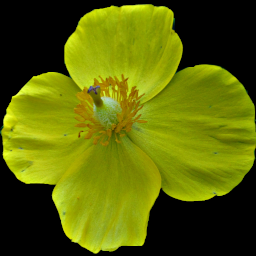 Peppermint is apparently a hybrid between Spearmint (Mentha spicata) and Watermint (Mentha aquatica). If nothing else, the scent and flavor of the leaves are enough to identify the plant. It shows a strong preference for damp locations, although it will grow almost anywhere you plant it. It seldom produces viable seed, but it nevertheless makes a nuisance of itself in some parts of the country. Around here it is only an occasional tasty volunteer. This colony was growing in a wet depression beside a tributary of Wexford Run, where it was blooming in early September.
Peppermint is apparently a hybrid between Spearmint (Mentha spicata) and Watermint (Mentha aquatica). If nothing else, the scent and flavor of the leaves are enough to identify the plant. It shows a strong preference for damp locations, although it will grow almost anywhere you plant it. It seldom produces viable seed, but it nevertheless makes a nuisance of itself in some parts of the country. Around here it is only an occasional tasty volunteer. This colony was growing in a wet depression beside a tributary of Wexford Run, where it was blooming in early September.
Linnaeus described this plant as a species, M. piperita; the × in Mentha × piperita denotes that the universal judgment of modern botanists identifies it as a hybrid. Gray’s description:
MÉNTHA [Tourn.] L. MINT. Calyx Ьеll-shaped or tubular, the 5 teeth equal or nearly so. Corolla with a short included tube, the upper lobe slightly broader, entire or notched. Stamens 4, equal, erect, distant. — Odorous perennial herbs; the small flowers mostly in close clusters, forming axillary capitate whorls, sometimes approximated in interrupted spikes, produced in summer, of two sorts as to the fertility of the stamens in most species. Corolla pale purple or whitish. Species mostly adventive or naturalized from Europe, with many hybrids. (Minthe of Theophrastus, from a Nymph of that name, fabled to have been changed Into Mint by Proserpine.)
M. piperìta L. (PEPPERMINT.) Glabrous, very pungent-tasted; leaves ovate-oblong to oblong-lanceolate, acute, sharply serrate; spikes becoming loose; calyx glabrous below, the teeth hirsute. — Along brooks, frequent. (Nat. from Eu.)





